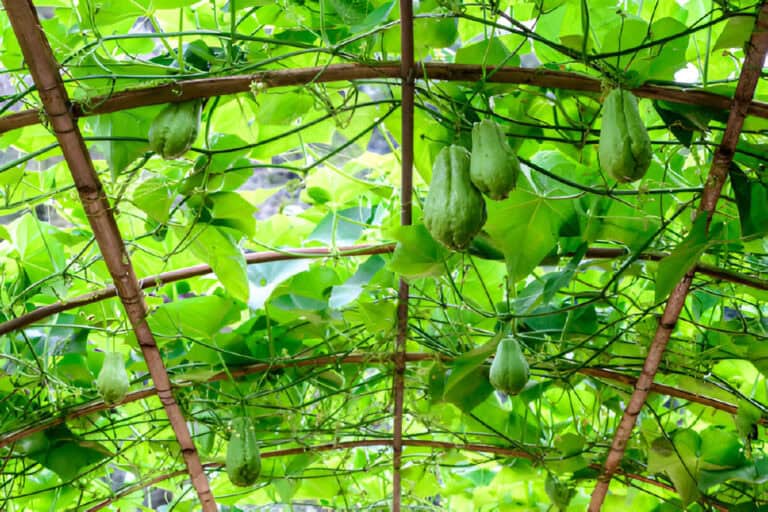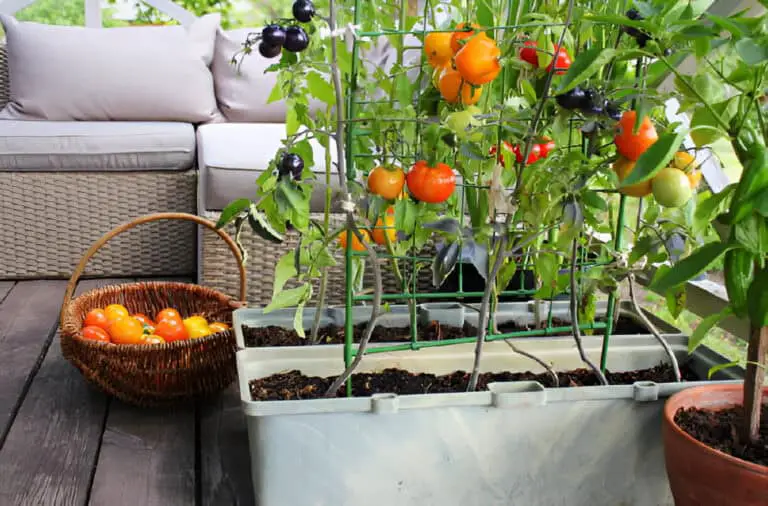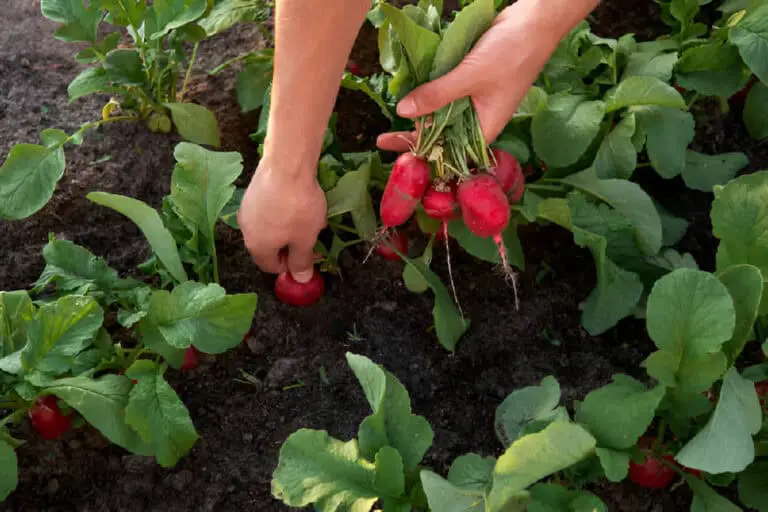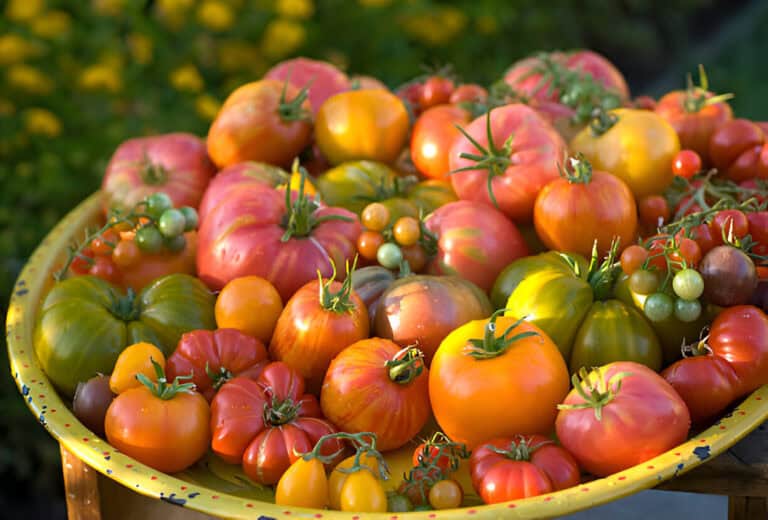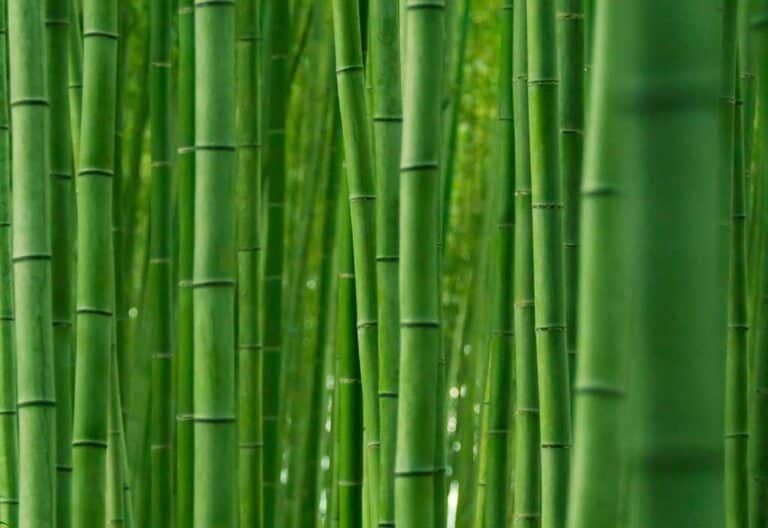How to Make Money Growing Ginseng: A Beginner’s Guide to Profitable Techniques
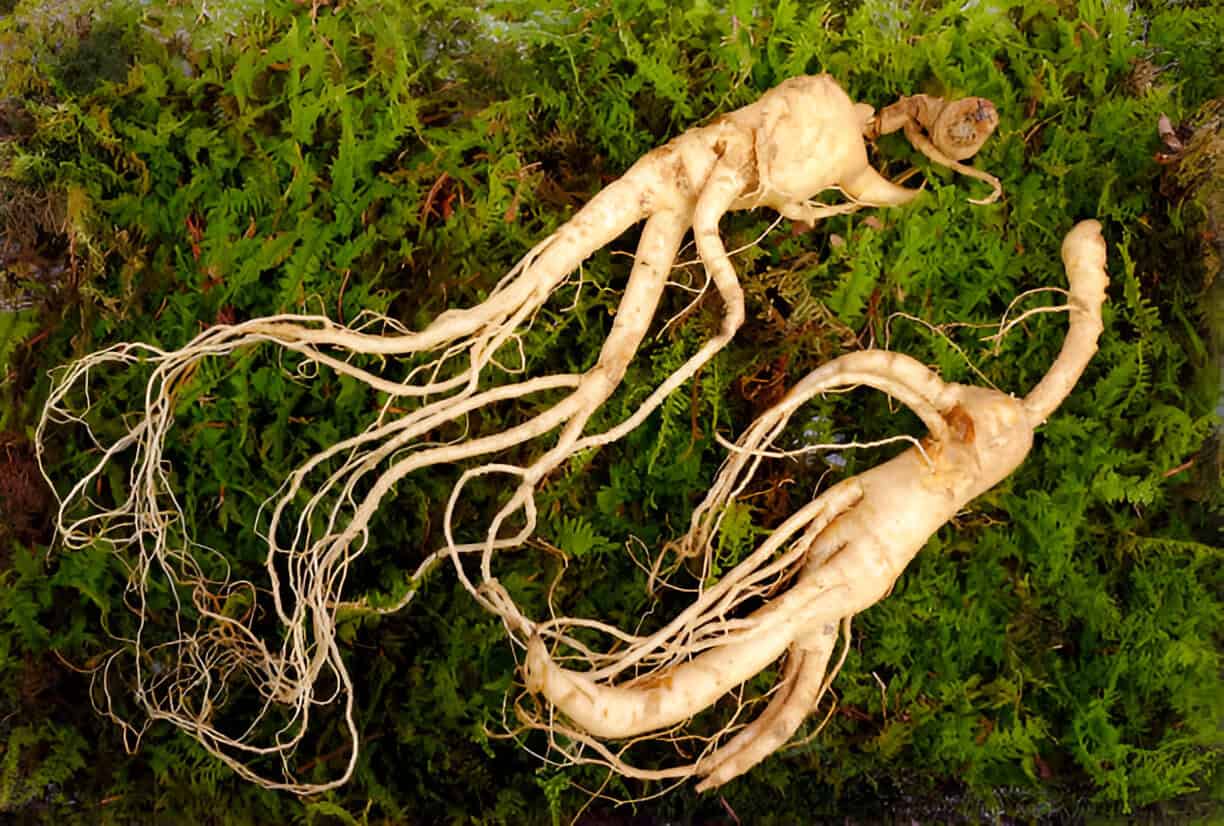
Growing ginseng can be a rewarding venture for those seeking a profitable agricultural opportunity. This unique plant, often referred to as “the herb of immortality,” has gained immense popularity due to its numerous health benefits and medicinal properties.
Ginseng thrives in shady woodlands, making it an ideal crop for those with access to forested areas. As the demand for natural remedies continues to rise, ginseng cultivators are finding that this herb can be a lucrative addition to their farming portfolio.
Have you ever wondered how a simple plant can turn into a profitable business? The journey of growing ginseng is filled with valuable techniques and tips that can help you maximize your investment. Whether you’re a seasoned farmer or a beginner looking for a new venture, understanding the ins and outs of ginseng cultivation is essential for success.
In this article, we’ll explore various techniques that can boost your profits while growing ginseng. By the end of this guide, you’ll be equipped with the knowledge and strategies to turn your ginseng farm into a flourishing enterprise. So, let’s dig deeper into the world of ginseng and uncover how you can make money growing this remarkable plant!
Introduction
Ginseng is more than just a plant; it’s a treasure trove of health benefits wrapped in a simple root. Revered in traditional medicine, this herb has carved its niche in the wellness market, making it a high-demand crop with a price tag to match. For aspiring farmers and gardeners alike, the allure of ginseng lies not only in its medicinal properties but also in its profitability.
As I began my journey into ginseng cultivation, I discovered that it’s a world filled with potential—and I can’t wait to share the secrets I learned along the way.
Starting anything new can feel daunting, especially in agriculture, where patience is key and the stakes can be high. If you’ve ever wondered whether you could turn a patch of land into a money-making venture, ginseng might just be the answer. Let’s dive into the essentials of growing ginseng profitably, exploring techniques, best practices, and market insights that will set you on the path to success.
Understanding Ginseng’s Market Demand
Ginseng isn’t just popular in the health food aisles; it has a devoted following among herbalists and health enthusiasts. Its reputation as a natural energy booster and immune system enhancer keeps the demand high.
In fact, the global ginseng market was valued at over $2 billion and is expected to grow as more people seek natural remedies. Knowing this, I felt confident stepping into this lucrative space.
But why does Ginseng command such a premium? It’s primarily due to its long cultivation period—most types take four to six years to mature. This slow growth contributes to the higher prices you can expect when selling. For example, wild ginseng can fetch upwards of $500 per pound, depending on quality. So, it’s not just a plant; it’s an investment.
Choosing the Right Ginseng Type for Profit
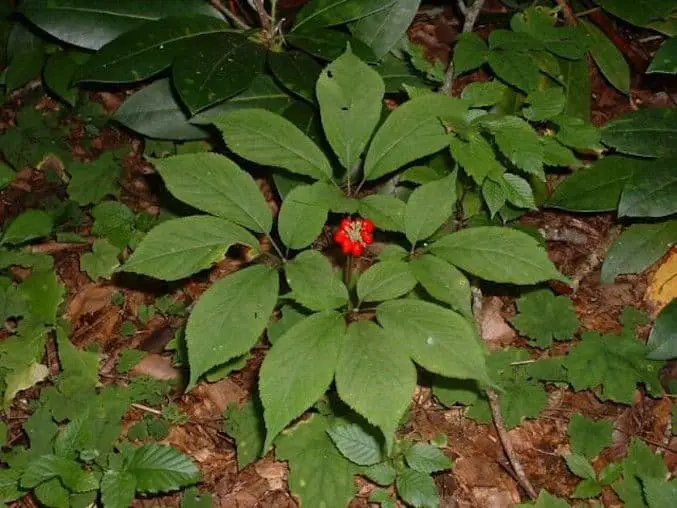
Before you grab your gardening tools, it’s crucial to choose the right type of ginseng. The two main varieties are American ginseng (Panax quinquefolius) and Asian ginseng (Panax ginseng). I leaned toward American ginseng because it’s well-suited for my climate and is increasingly sought after in both domestic and international markets.
Here’s a quick comparison of the two types:
| Type | Growth Region | Average Price per Pound | Medicinal Uses |
| American | North America | $300-$500 | Energy boost, immune support |
| Asian | East Asia | $200-$400 | Stress relief, cognitive function |
As you can see, while both varieties have their merits, American ginseng often commands higher prices, making it a better option for profit.
Setting Up the Ideal Growing Environment
Creating the perfect environment for ginseng is like setting the stage for a play; every element must be just right. Ginseng thrives in shady, moist conditions, mimicking its natural habitat under forest canopies. When I began, I dedicated a part of my garden to ginseng, ensuring it had plenty of shade from taller plants or trees.
Soil preparation is another crucial step. Ginseng prefers well-drained, loamy soil rich in organic matter. I spent a weekend testing my soil pH, aiming for a slightly acidic range of 5.5 to 6.5. To enrich my soil, I added compost and aged leaves, creating a nutrient-rich foundation for my ginseng.
Starting with Quality Seeds or Roots
Now that you have your environment set, it’s time to source high-quality seeds or roots. This step can make or break your ginseng venture. I chose to buy from reputable suppliers who specialize in ginseng, ensuring that my seeds were disease-free and of good genetic stock.
When planting, it’s essential to space the seeds adequately—about 12 inches apart—to allow for healthy growth. I remember the excitement of planting my first batch, visualizing the lush greenery that would emerge in the following years. Keep in mind that ginseng can take up to three years before it’s ready to harvest, so patience is part of the game!
Growing Rootlets Ginseng
Ginseng growers start their own ginseng gardens with either seeds or rootlets. For growers, rootlets allow them to speed up the process by two years. Rootlets can help ginseng grow a little quicker. If you’re looking to make a little extra money, consider growing rootlets for resale.
This is a good way to make money while you’re waiting for your roots to mature. You can sell one-, two-, and three-year-old rootlets. You’ll get different prices based on how old the rootlets are. Currently, 2-year rootlets sell for around $2 each.
Wild-Simulated vs. Cultivated Ginseng: Which Is More Profitable?
You might find yourself at a crossroads: should you grow wild-simulated or cultivated ginseng? Wild-simulated ginseng is grown in conditions that mimic its natural environment, while cultivated ginseng is grown in more controlled settings.
Both methods have their advantages, but I found wild-simulated ginseng to be particularly appealing. It usually fetches a higher price due to its authenticity and resemblance to wild ginseng. Here’s a quick table to summarize their key differences:
| Method | Profit Potential | Maintenance Level | Time to Harvest |
| Wild-Simulated | High | Moderate | 4-6 years |
| Cultivated | Moderate | High | 2-3 years |
In my experience, while cultivated ginseng may offer quicker returns, wild-simulated ginseng tends to deliver better profits in the long run.
Managing Pests and Diseases for Healthy Ginseng
Just like any plant, ginseng is not immune to pests and diseases. I quickly learned that keeping my crop healthy was crucial to maximizing profits. Natural methods are often the best way to manage potential threats. For instance, I used beneficial nematodes to control root-eating pests and applied organic fungicides to prevent mold and mildew.
Regular monitoring of your ginseng plants will help catch any issues early. Create a simple checklist to help track any signs of pests or diseases, ensuring you stay on top of potential problems.
Harvesting Techniques and Timing
After years of nurturing your ginseng plants, the moment of truth arrives: harvest time. Timing is everything; harvesting too early can yield underdeveloped roots that won’t command a premium price. Most experts recommend waiting at least four years for American ginseng.
When you’re ready to harvest, do so carefully to avoid damaging the roots. I used a small spade to gently loosen the soil around the roots, being cautious not to break them. Once harvested, clean the roots thoroughly, as dirty roots will decrease their value.
Creating Value-Added Ginseng Products
While selling raw ginseng roots is a solid strategy, don’t overlook the potential of creating value-added products. Ginseng tea, capsules, and powders are popular items that can boost your profits significantly. I decided to experiment with making ginseng tea bags, packaging them beautifully to attract health-conscious consumers.
Here’s a quick list of value-added products you can consider:
- Ginseng tea
- Ginseng powder
- Ginseng-infused honey
- Ginseng capsules
By diversifying your offerings, you not only appeal to a broader market but also enhance your overall profitability.
Marketing Your Ginseng and Finding Buyers
Once you have your ginseng ready to sell, it’s time to market your product. Start locally by reaching out to farmers’ markets, health food stores, and herbal shops. I found that building relationships with local vendors helped me establish a reliable customer base.
Additionally, don’t underestimate the power of online sales. Platforms like Etsy and Amazon Handmade can help you reach customers far beyond your local area. Social media is also a valuable tool—sharing the story of your ginseng journey can engage potential buyers and build brand loyalty.
Conclusion
Embarking on the journey of growing ginseng can be both rewarding and profitable. With the right knowledge, patience, and dedication, you can turn a simple plant into a flourishing business. Remember, every seasoned ginseng grower started where you are now, filled with hope and ambition.
So dig in, get your hands dirty, and watch your investment grow—both literally and figuratively. Happy growing!


